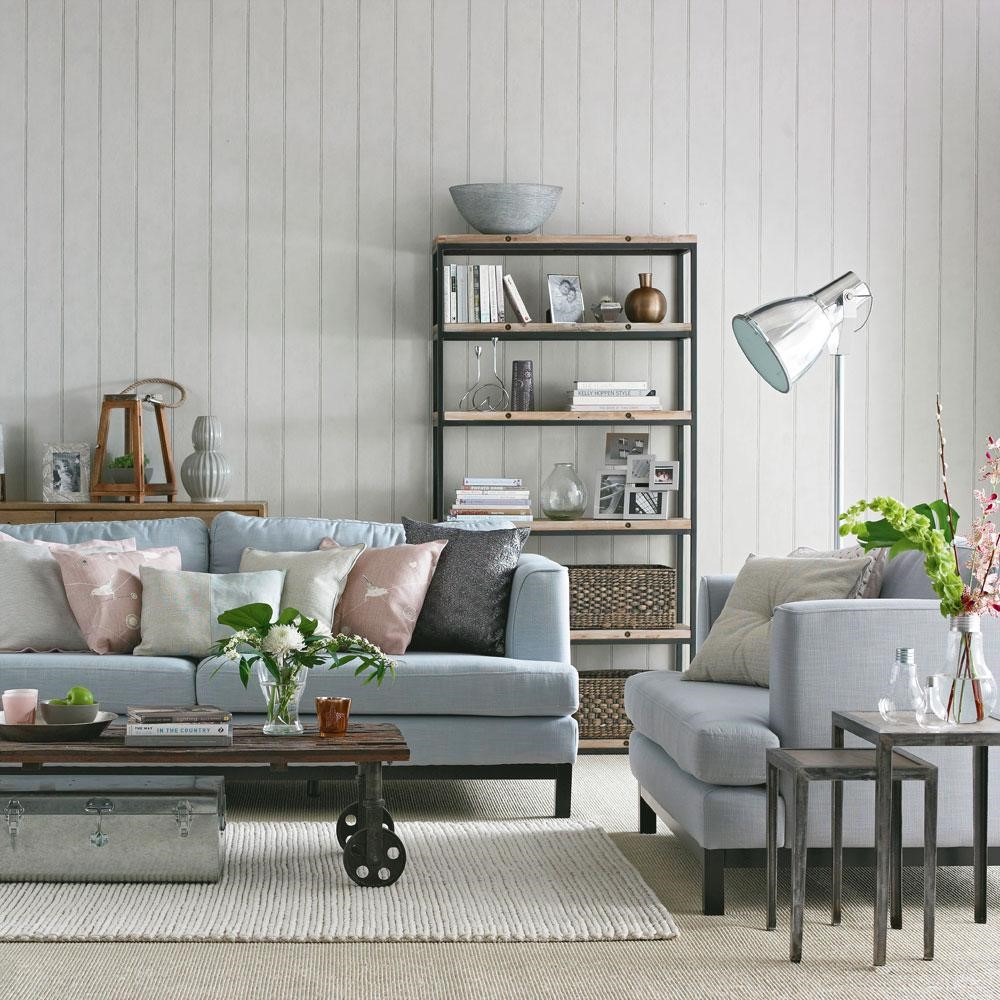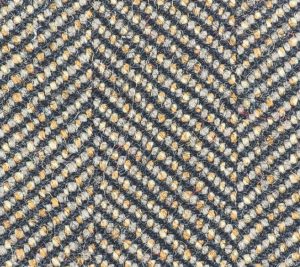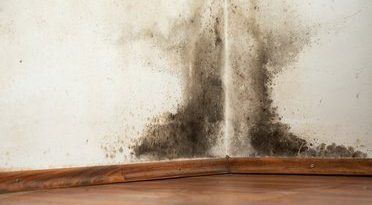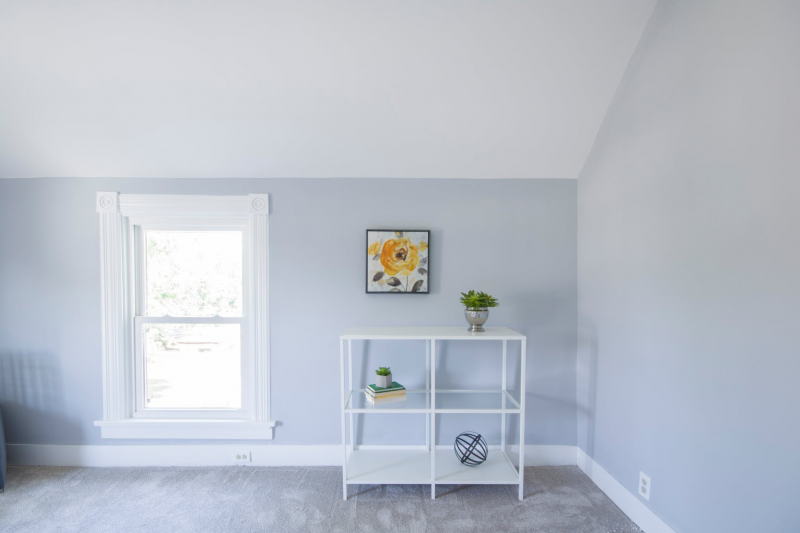Herringbone is a Timeless Design for Modern Homes
Herringbone is a classic and versatile pattern that can be found in a variety of settings and applications. It has been popular for centuries, appearing in everything from flooring to wallpaper to clothing. The herringbone pattern is created by arranging zigzagging wood or stone blocks in an interlocking V-shaped pattern, giving the appearance of fish bones when viewed from above. This eye-catching design adds visual interest and texture to any space, making it perfect for modern designs as well as traditional styles. Its versatility makes it ideal for creating stunning interior designs that are both timeless and stylish.
History of Herringbone Pattern
The herringbone pattern is a type of weaving technique that has been used by communities around the world for centuries. The pattern consists of a series of diagonal lines that are woven together to create an intricate and beautiful design.
The exact origins of this pattern are hard to trace, but it is thought to have originated in ancient China before later being adopted by European cultures. The herringbone pattern was used as far back as the Neolithic period, where it was found on pottery pieces from archaeologists’ excavations in Europe and Asia.
In Europe, the herringbone pattern made its way onto fabrics during the Middle Ages and became a popular covering for furniture, floors and walls throughout this period. In France, it was referred to as “chevron” or “zig-zag” due to its resemblance to those shapes. This pattern was eventually adopted by tailors who used it on clothing such as coats and vests due to its ability to provide extra warmth and insulate against cold weather conditions.
In more recent times, the herringbone has become a popular decorative element in many homes across Europe and North America; often seen as a flooring material or wall coverings in both traditional interiors but also modern ones too.
Uses of Herringbone Pattern
The herringbone pattern is a timeless classic that has been used in interior design for centuries. It is a unique and versatile pattern that adds character to any room or space. This versatile pattern can be used in many different ways, from floors to walls and even furniture.
The herringbone pattern is composed of V-shaped lines that run parallel to each other, creating an interlocking zigzag effect. It can be seen in many traditional homes, but it’s also becoming increasingly popular in modern homes as well.
When it comes to flooring, the herringbone pattern can add visual interest and texture to any space. The versatility of the design allows it to pair with nearly any type of material, from wood planks and tiles to stone or laminate flooring. Whether you’re looking for something modern or classic, the herringbone will make your home stand out from the crowd.
Wallpaper is another great way you can incorporate this classic pattern into your home décor scheme. Wallpaper with a herringbone motif will bring warmth and texture into your room while making a statement at the same time. You could choose neutral colors such as whites and grays for an understated look or opt for bolder colors such as blues.
Benefits of Herringbone Pattern
The herringbone pattern is a popular design choice for many types of flooring and textiles, but it’s also becoming increasingly popular in interior design. The herringbone pattern is a classic look that has been around for centuries, and it’s now making a comeback as one of the most sought-after trends in home décor. This versatile pattern offers plenty of benefits for both residential and commercial settings, so let’s take a closer look at what makes this timeless style such an attractive option.
One of the main benefits of the herringbone pattern is its versatility. It can be used to create everything from subtle accents to bold statements in virtually any type of space. Whether you choose to feature it on walls, floors or even furniture pieces like cabinets or tables, this classic design will add visual interest without overwhelming the rest of your décor. And since herringbone comes in so many different shapes and sizes, you can easily customize it to match your particular aesthetic preferences.
In addition to its versatility, another great benefit provided by the herringbone pattern is its durability. This type of flooring consists primarily of interlocking wood planks laid at alternating angles (often in an “L” shape).
Different Types of Herringbone Patterns
Herringbone patterns have been around for centuries and are still one of the most popular flooring designs today. Herringbone patterns can be found in many different styles and materials, ranging from wood to tile to vinyl. With so many options available, it can be difficult to decide which type of herringbone pattern is best for your home. Here we will explore the different types of herringbone patterns available so you can make an informed decision when selecting your flooring.
The first type of herringbone pattern is the traditional or classic style. This style features a “V” shape that is created when two rows of interlocking tiles are laid at 45-degree angles to each other. The traditional herringbone pattern looks great in both formal and informal settings as its timeless design will never go out of style.
The second type is called a basket weave, which features an alternating horizontal and vertical layout that creates a woven effect on the flooring surface. This design works well in larger rooms that need visual interest but don’t have enough space for elaborate designs such as parquet or mosaic tiles. It also offers a more casual look than traditional herringbone designs, making it perfect for family rooms or kitchens.
Applications and Examples of Herringbone Pattern
Herringbone is a classic pattern in interior design and fashion. It features regularly spaced chevrons that create a zig-zag effect. This modern pattern can be used to add visual interest to any space, whether it’s a contemporary home or an industrial loft. From flooring to clothing, there are many different applications and examples of herringbone that showcase its versatility and timeless aesthetic appeal.
Flooring: Herringbone is often used as an eye-catching flooring option in both residential and commercial spaces. In homes, it can be seen in the form of hardwood parquet floors, which feature angled blocks of wood arranged into a herringbone pattern. Commercial spaces often use larger tiles with herringbone patterns, such as marble or ceramic tiles, for a more luxurious look.
Wallpaper: Wallpaper is another popular application for the herringbone pattern; it adds visual interest to walls without being too overwhelming or distracting from other design elements in the room. Herringbone wallpaper usually features neutral colors such as gray or white so that it can blend into any type of décor scheme without looking out of place.
Clothing: Herringbone has been used as a decorative element on clothing since ancient times.
Popularity & Trends in Design & Interior Decorating
In recent years, the popularity of interior design and decorating has skyrocketed. From modern to traditional, many homeowners are looking for ways to make their homes stand out from the crowd. This trend has been fueled by a combination of factors including advances in technology, social media, and an ever-growing focus on creating unique living spaces that reflect personal style.
Design trends have evolved with each era bringing something new and exciting. In the early 2000s, minimalist aesthetics were all the rage as people sought to create clean lines and open spaces in their homes. However, as technology advanced so did our desire for something more extravagant. Today’s designs often feature bold colors and statement pieces that create a dramatic impact in any room.
Social media has also played an important role in pushing forward new trends in interior design and decorating. Platforms such as Instagram have given users unprecedented access to inspirational images from around the world – giving them a chance to learn about different styles of decorating or get ideas for how they can transform their own space into something unique and beautiful.
Interior designers have also helped drive popular trends by introducing biophilic design which focuses on creating an environment that connects humans with nature through elements like natural light.
Conclusion
Herringbone is a timeless and versatile pattern that can be used in many different ways. It can add texture, interest and dimension to any place. Whether you are looking for a subtle accent or a bold statement, herringbone is a perfect choice. With its classic look and modern feel, herringbone is sure to make any room look stylish and sophisticated.






